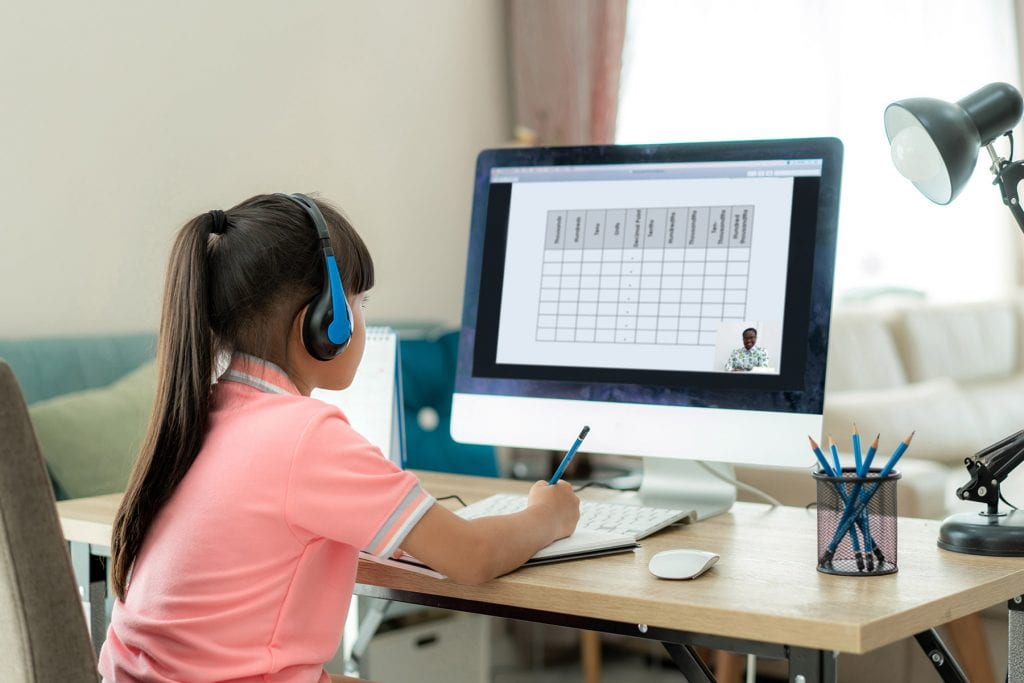If you are concerned that your child is struggling with their exam course you may be considering whether to hire an A level or GCSE science tutor.
With large class sizes and stretched resources many children fall through the gaps at school and lockdowns have exacerbated difficulties. With complex science subjects falling behind can be disastrous as teachers move quickly between topics to cover the syllabus.
Here we talk about the benefits of hiring a one-to-one science tutor to support your child.
A tutor will pinpoint areas where your child is struggling
The science subjects – biology, chemistry and physics – link together. Within those subjects there are links between topics.
A lack of understanding in one topic area can affect your child’s understanding of topics that follow. For instance, in biology life depends on biological molecules such as lipids, nucleic acids (DNA), proteins and sugars. A child who has not understood the function of these molecules to begin with will struggle with later topics that focus upon each of these molecules in more depth.
An experienced science tutor will find the gaps and focus on them with your child helping them to move forward.
Your child’s understanding of science will deepen
GCSE and A level science exam papers require children to make links between the topics and modules they have studied. Linking questions are part of the GCSE. For example, ‘Compare the transport systems in animals and plants’.
TutorMyKids’ science tutors believe that children benefit from making links between topics because it deepens their understanding. Our tutors encourage children to look back at earlier topics and to make links with what they are currently studying. The benefit of doing this is that it helps children to understand the subject as a whole and to keep earlier learning fresh in their minds.
Children who can link topics and concepts are able to provide more perceptive answers to exam questions because they understand the bigger picture. In school there is pressure to get through syllabus modules and there is not always adequate time to develop this fundamental skill.
Misunderstandings are corrected immediately
It is vital to correct a child’s misunderstanding of any concept at once for the reasons we have discussed above. If a misunderstanding persists it will hinder their grasp of new areas.
Teachers have thirty or more children in a class and it’s impossible for them to correct every child’s misunderstanding on the spot.
A one-to-one tutor is just focused on one child – your child – and therefore they will spot mistakes at once. They make sure your child doesn’t go down the wrong path and have to unlearn whatever they have remembered incorrectly.
A one-to-one science tutor provides detailed feedback
When children provide written answers to questions in class most teachers do not have time to give detailed feedback to every child.
It is not enough for a child to know an answer is incorrect. There are times when they need to be walked through their answers in depth. This is so they understand where they went wrong and the changes they need to make.
A one-to-one science tutor has the time to give your child the attention they require, and their learning will accelerate as a result.
Your child’s concentration will improve
Some aspects of science are laborious; for example, learning the periodic table. In a busy classroom, surrounded by friends it is easy for your child’s brain to wander.
With a one-to-one science tutor by their side, it is not so easy for a child to lose focus – they have got to learn. They are also in their comfortable, informal home environment which helps to improve concentration.
A science tutor will do their best to make any topic as fun as possible with games and hands-on learning, so your child may begin to enjoy themselves too!
Confidence is boosted
Once your child sees their marks improve their confidence will rise leading to a ‘can do’ attitude. Success breeds success!
Hire an A level or GCSE tutor with TutorMyKids
If your child is having difficulty with any science subject do not leave it any longer.
All our science tutors are fully qualified teachers with the knowledge and experience to tailor their teaching exactly to your child’s needs.
To hire an A level or GCSE science tutor, please talk to us today on 01223 858 421/hello@tutormykids.co.uk

